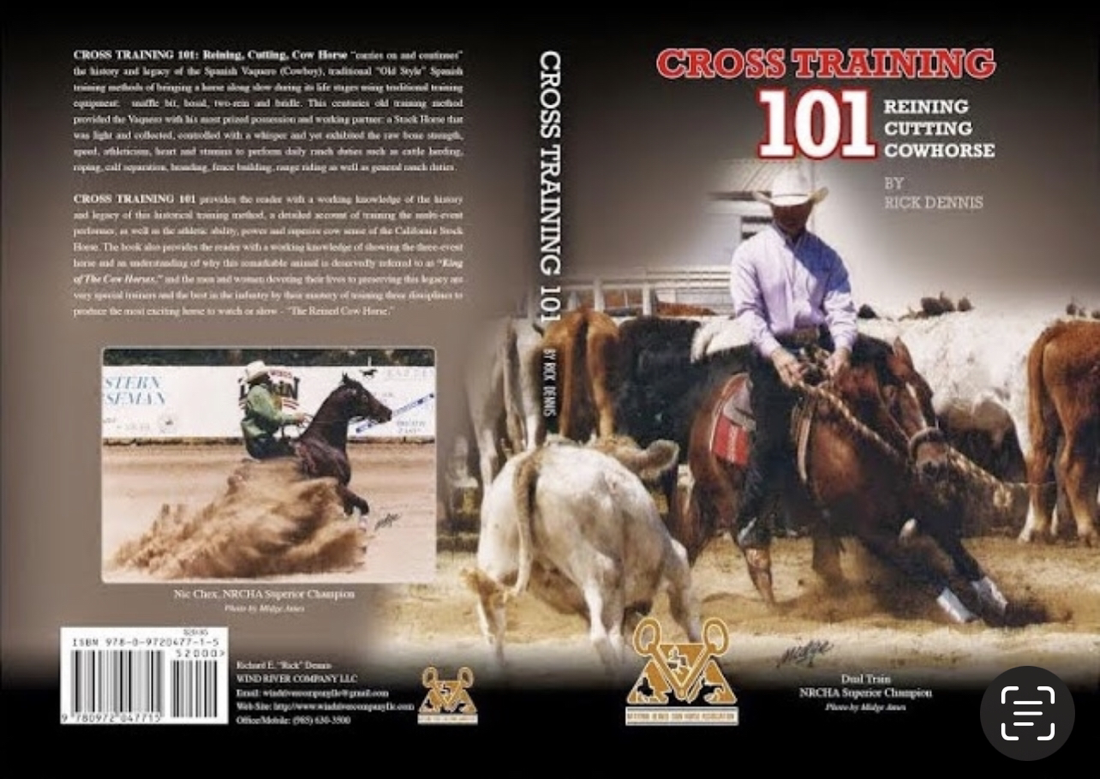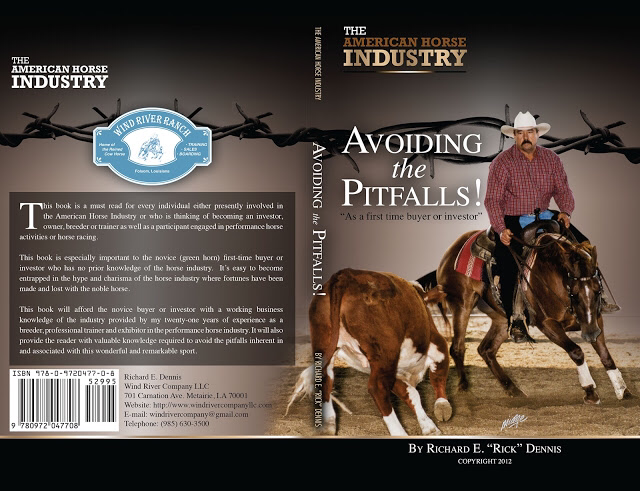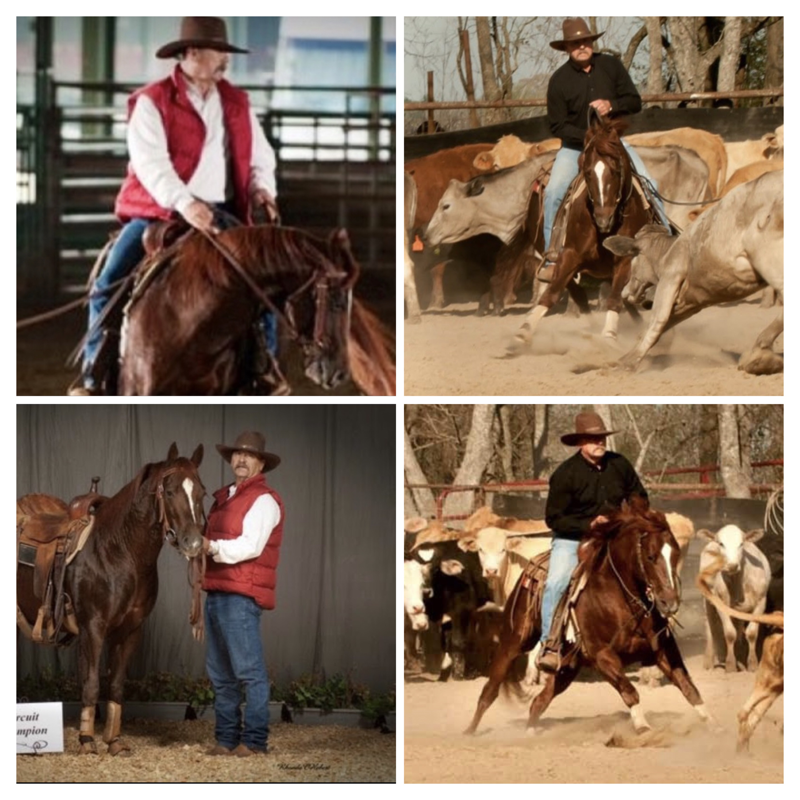|
IF I COULD DO IT, ALL OVER AGAIN
By Richard E. “Rick” Dennis CPP July 23, 2020 © July 2020 All Rights Reserved HINDSIGHT IS 2020, REALITY IS 100% We’ve all heard the old cliché, “If I only knew what I know today, back when I was young.” In retrospect, this is an ideal scenario. However, in one aspect, our lives are unique. As we age, we undertake as series of mistakes that drive us to a conclusion. That conclusion is, wisdom. In our younger years, it’s these common mistakes which allow us to mature into knowledgeable adults. The same applies to Duck Hunting and other facets of our lives. WITH AGE AND EXPERIENCE, ONE ACQUIRES WISDOM I was born in Birmingham, Alabama on an October afternoon, about 70 years ago. My family was at the Alabama State Fair in Birmingham, Alabama - when God decided it was time for me to enter the world and embark on my predestined life’s journey. At this moment in time, or the time of my birth, my family lived in a three room house at the base of Oak Mountain in Shelby County, Alabama. Oak Mountain is now a State Park. The community I grew up in, was a rural farming community. It’s located in a valley running between two mountain ranges and is known, by the local inhabitants as: Fungo Hollow, Alabama. Today, the valley is part of the Pelham, Alabama town governing body, but still aptly named Fungo Hollow. During my early child hood, in the 1950’s, there wasn’t a lot of affordable firearms designs around which my family could afford to buy for hunting purposes. Using firearms for general recreational shooting purposes was unheard of, and taboo. The most common or principal firearm designs consisted of: Double barrel shotguns, single barrel single shot shotguns, or a twenty two rifle, of a myriad designs. The twenty two’s were either - a semi-auto, pump, bolt action or a single shot design. My first firearm was a single shot twenty two made by Winchester Repeating arms. It had a single loading port and a cocking plunger, at the rear, which controlled the firing pen. In Fungo Hollow, and parts of Oak Mountain I hunted: Turkey’s, Deer, Rabbits, Squirrels, Raccoons, and Quail. Over the years, this little rifle served me well. It was my special rifle because it was a birthday present, from my Grandmother Jeanette Bates Dennis. My grandmother bought the Winchester Rifle at Words Store, in Pelham, Alabama, for $5.00. For the record, my grandmother shot a Browning 22 semi-auto. With that rifle, Grandma Jeanette was a crack shot. Grandma Jeannette would’ve given Anne Oakley a run for her money in a shooting contest. Grand Ma’s twenty two was her prize possession and no one shot it, except her, not even me. The only time it was seen, was when she was shooting it. As a testament, I witnessed my grandmother shoot many-a-quail, in flight, with her twenty two. It was this experienced tried and true master markswoman who taught me how to correctly shoot my Winchester, and with precision accuracy. My practice time consisted of my grandma throwing pine cones off of one side of a bridge on Bishop Creek, with me positioned on the other side of the bridge, earnestly awaiting the arrival of the emerging pine cones from beneath the bridge. It was my duty to intercept and shoot the pine cones as they emerged from under the bridge while traveling in a swift moving current downstream under the scrutiny of my Grandma’s ever watchful eye. VALUABLE LESSONS LEARNED For years, I hunted with my Winchester. While hunting, I kept my ammunition in an empty metal Brewton Snuff Can. It had a snap on lid to keep the cartridges dry, and moisture out. Learning to shoot moving targets taught me two valuable lessons: 1) to aim and shoot quickly, and 2) to reload quickly. It was my job to shoot each pine cone until they made the bend in the creek and moved out-of-sight in the swift current, or they sunk in the creek from a bullet impact ahead of their arrival at the creeks bend. Another valuable lesson my grandma taught me was: “Never waste ammunition.” You need to hit a target each time you squeezed the trigger, or don’t take the shot. Still another valuable lesson I learned from Grandma Jeanette was: “Beware of the one firearm owner.” He or She knows their firearm meticulously, and is usually an expert marksman. MORE PAGES OF HISTORY, TURN TO THE NEXT CHAPTERS IN MY LIFE When I was seventeen I registered for the draft. When I was 18, my draft noticed arrived. In the Army, I was introduced to another type of rife – the M14. In 1969, the M14 was the official battle rifle of the Military. The Army furthered my firearms education and trained me for combat in the Vietnam War theatre. My marksmanship skills, learned in my youth, carried me through the war with the M14, along with the M60 Machine Gun, the M40 Grenade Launcher, and the GE Gatling Gun or GE Mini-Gun. My marksmanship skills landed me an assignment with the Army Air Calvary. After the War, I entered a career in Drug Enforcement and picked up another gun – a revolver. My Military firearms training and my youth firearms training prepared me for combat in a different theatre - Urban Combat. The weapons were revolvers, semi-auto pistols and pump shotguns. I would remain in Drug Enforcement for sixteen years. It was during my time in Drug Enforcement, that I attended college; studying Criminal Justice. It was also during this time that I started hunting again. Primarily deer, but I was also introduced to a new hunting sport – waterfowl. WATERFOWL HUNTING It was during my early days as a Drug Enforcement Agent that I was invited on my first Duck Hunting Trip, in the Louisiana Wet Lands. In order to make the duck hunt happen, I borrowed a 12 gauge Winchester Model 12 pump shotgun. Needless to say, from my first duck hunting experience I was hooked for life. There’s just something about the early morning fog vaporizing over a marsh setting, at sunrise, and the sound of decoying waterfowl that permeates a persons soul. On my first waterfowl hunt, I was very fortunate to have an experienced duck hunting partner; who knew the ins and outs. His experience made my first duck hunt a success. Over the years, I struggled to learn how to duck hunt properly as well as acquiring the proper equipment I needed to have success on every waterfowl hunting trip. In the early 1980’s that struggle came to an end when I met Ted St. Pierre at the New Orleans Sportsman show in New Orleans, Louisiana. This happened meeting would evolve into a personal friendship and hunting partnership that lasted over 30 years, along with his business partner; Albert Guidry. Prior to my first duck hunt with Ted, I met him at his sporting goods store in Cut Off, Louisiana and inquired what I needed. Ted promptly stated “All you need today, is a proper fitting shotgun, the right shells, a camouflaged shirt and hat, and rubber boots. EQUIPMENT – HINDSIGHT IS 2O 20 A number of years ago, I made my last duck hunt with Ted – he passed a few days after. While on this hunt I sat on my shell bucket and pondered over the vast amount of money I had spent over-the-years trying out new water-fowling guns, ammunition, and gear before I met Ted. The first mistake I made was going the “learn-as-you-go” self-education process. Being self-taught isn’t going to work out very well for the beginning duck hunter. One needs a mentor. I was very fortunate to have Ted St. Pierre as my mentor. Ted was born on a trap-line in Cutoff, Louisiana. His father was a muskrat, nutria, and alligator trapper. Ted literally grew up in the marshes of Louisiana. However, Ted also grew up to be an entrepreneur and a multi-millionaire, in his own right Soon after Ted took me under his wing, I learned that I didn’t need: Six sacks of decoys, nor did I need a 12 gauge shotgun. Five or six decoys would suffice and a 20 gauge shotgun loaded with number six shot was just right, especially when shooting over decoys. The twenty gauge didn’t ruin as much meat as the 12 gauge, especially when shooting small ducks - like Teal. Ted’s theory was: It’s not what you shoot, but how you shoot it. Ted was a firm believer in the twenty gauge and shot a Browning A5 20 gauge magnum. He’d shoot 2 ¾ shells for Teal and early season ducks and 3 inch magnums for large and late season ducks. The only size shot Ted used, whether lead or steel, was number 6. One morning we both had a laugh, when I pulled out my vast assortment of duck calls stored in my shooting bag. Ted said, “man you don’t need all of that, here keep this one and throw the rest away.” The call he taught me to call ducks with is an old wooden Duck Commander, which I have to this day. Again, Ted’s theory was: “It’s not how many duck calls you own, but the one you know how to use the best, and the one that’s effective in calling ducks within shooting range at the decoys!” After all, the average shooting range over decoys is 25 yards. Hunting waterfowl all over the United States, Canada and Mexico has taught me some very valuable lessons, especially when it comes to duck hunting gear, decoy outlays, and proper calling techniques. The only time you need a 12 gauge is for late season ducks, pass shooting, or geese. Everything else can be accomplished with a 2O gauge with the right shot size. Sometimes a small decoy spread is better than a large one, especially in the late season when ducks or geese has been shot at which makes them wary of large decoy spreads. Another valuable lesson I learned is: “more isn’t necessarily better, and it saves a lot of money,” Today, I still have that one duck call, my Browning 20 gauge A5 magnum, and my Beretta 391 12 gauge semi-auto. On occasion, I break out my latest addition to my duck hunting repertoire: A 28 gauge semi-auto that I load with 1 ounce of number 6 non-toxic shot which I’ve determined is just fine for waterfowl over decoys. That little 28 gauge will out pattern either of my other two shotguns. After all, a number 6 pellet traveling at 1300 feet per second is just as deadly whether its launched out of a 28, 20, 16, or 12 gauge shotgun shell. The only difference is the amount of shot each gauge size shell is capable of holding. Again, more isn’t necessarily better. It’s the experience of the shooter, behind the shotgun, and not the size of the shotgun shell which determines the kill factor as long as the target is within an appropriate shooting distance. On occasion, I like to reminisce about my hunting experiences that I’ve been fortunate enough to go on and the treasured memories I’ll have with me until I depart this world. Who knew that a young man living in Fungo Hollow, Alabama learning shooting techniques from his Grandma Jeanette Dennis, and hunting techniques from his father William E Dennis, his uncle Emmett B Dennis, Jr., and his uncle Horace Dennis would be fortunate to hunt all over the North American Continent. It’s times like these, that I can sit back in my chair and reminisce about my early hunting days and I can still hear my Blue Tick Hound – Handy Andy, baritone howl reverberating in the night air and the Fungo Hollow Valley, signaling: The Chase Is On. “UNTIL NEXT TIME, KEEP EM BETWEEN THE BRIDLE!”
1 Comment
|
Richard E. "Rick" DennisFreelance Writer and Author Archives
March 2024
Categories |




 RSS Feed
RSS Feed